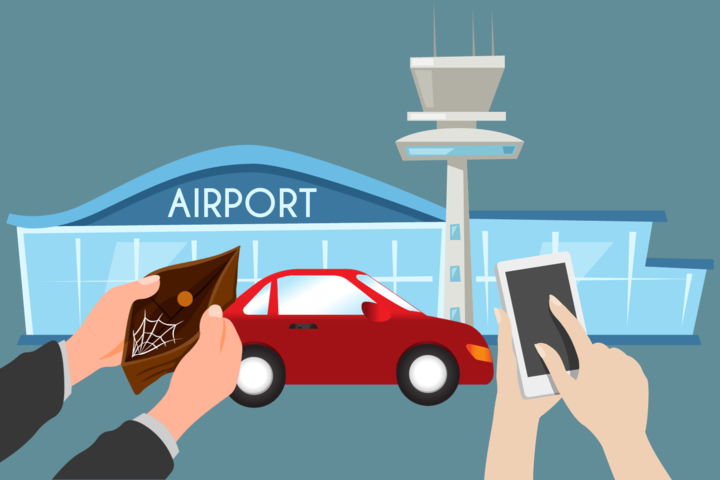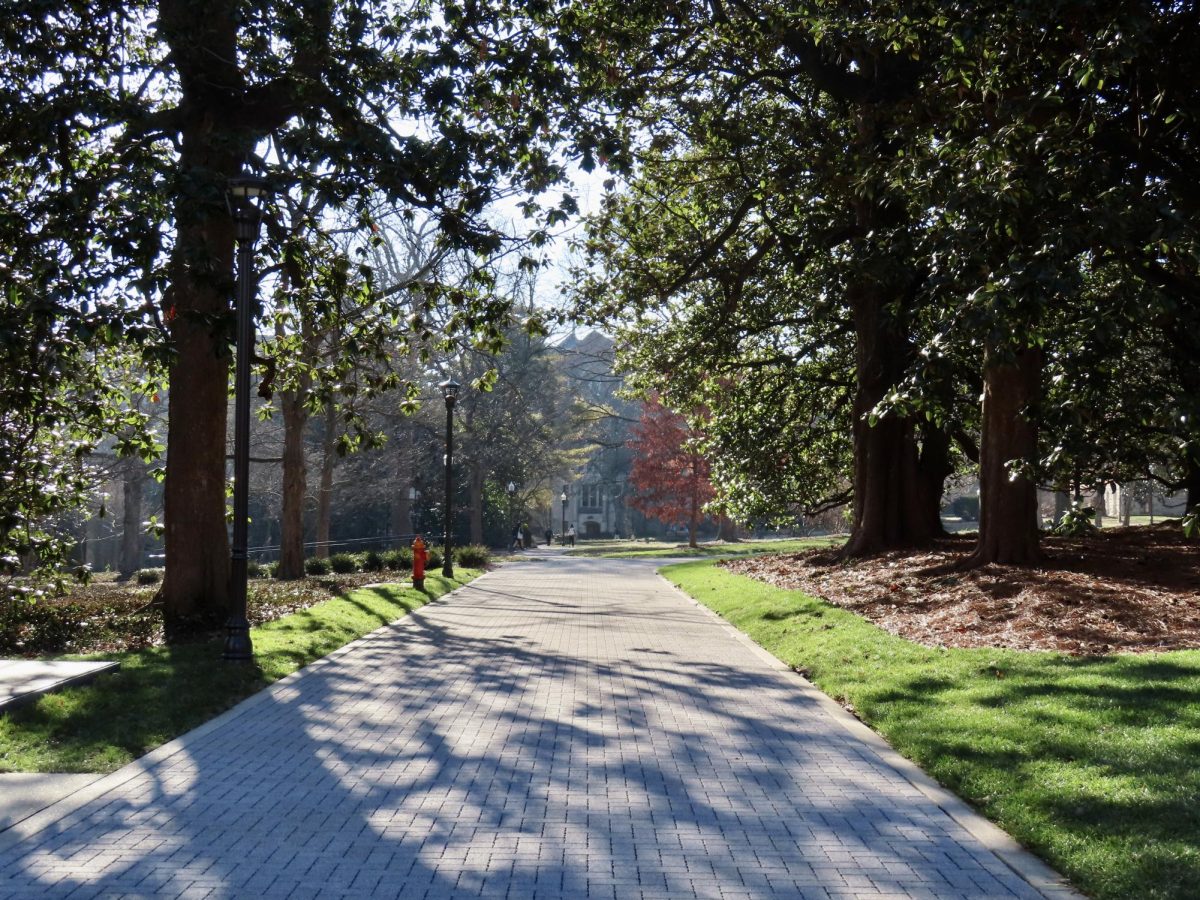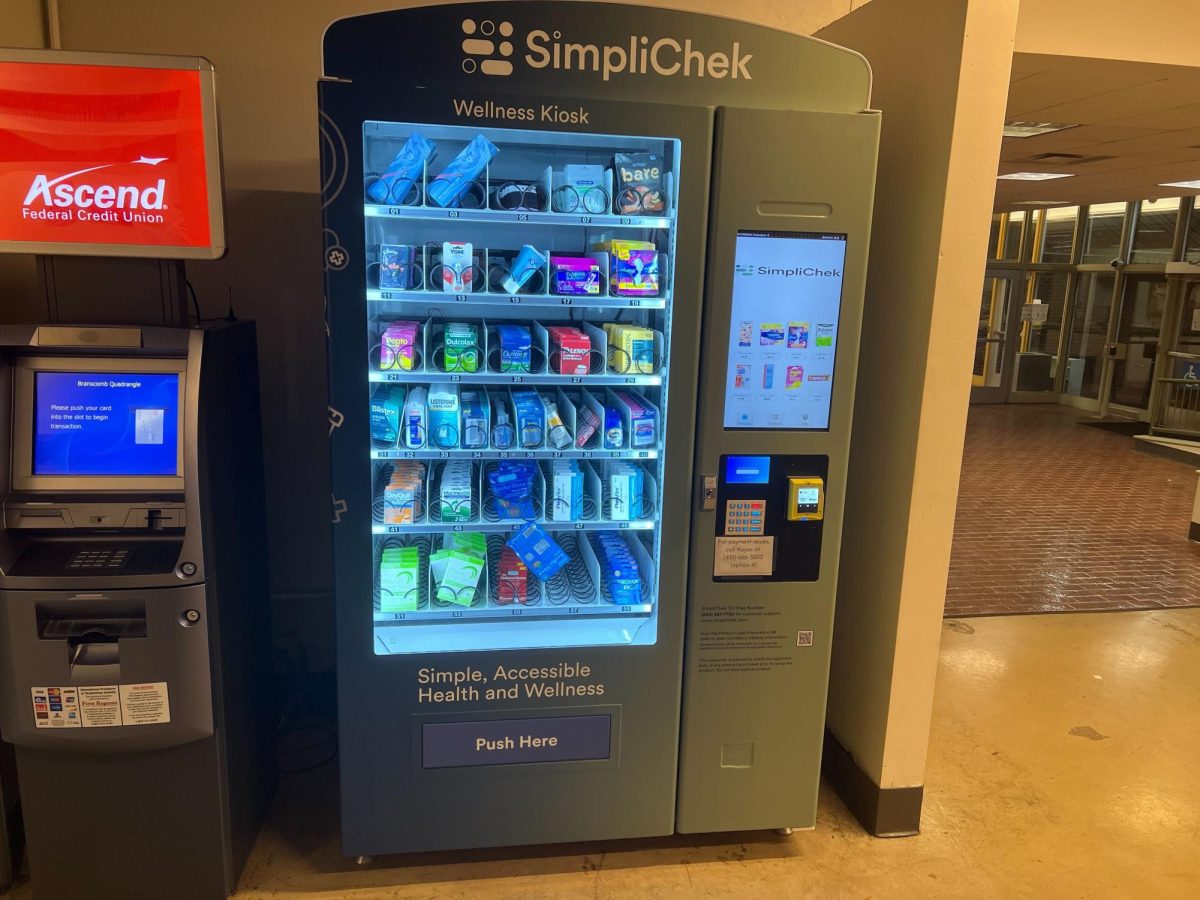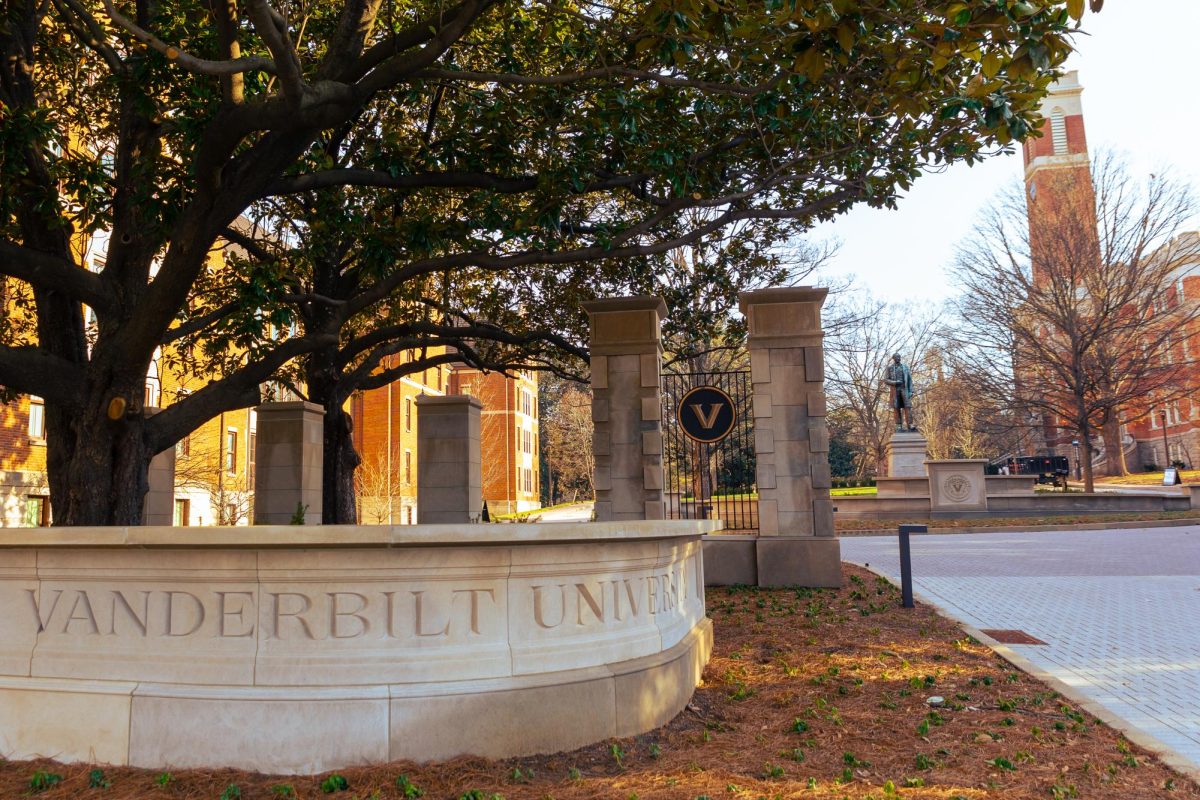There’s no doubt that airports are anxiety-inducing. Making your connecting flight on time, choosing a seat and getting through security without delays is no easy feat. For me, what comes after is even more nerve-wracking — the dreaded rideshare pickup. The final stretch of my travel journey as I trek back to campus after winter break. I’m dreadfully tired, and all I really want is to curl up in my dorm room and watch “Friends.” The minute my plane landed, though, I had switched my cellular data back on and frantically searched for an available Uber or Lyft. I was shocked — no, horrified. The cheapest option was $50 for less than ten miles.
The ridesharing economy is based on a very simple principle: with a simple tap, anyone can find a convenient ride for a fair price. Both Uber and Lyft use dynamic pricing, which means that when the demand for drivers is higher than the supply, prices will rise. While this may seem like simple economics, it’s far from it — the price rise is not proportional to the increased demand, the way basic economics would dictate. At airports, there’s no doubt that demand for a quick ride home from weary travelers is high, especially after Thanksgiving weekend and before or after winter break. But these companies price gouge so that at peak times consumers end up paying double or triple the “normal” price.
They take advantage of the fact that, in certain situations, like at airports, travelers with few other options are desperate for a ride, and therefore have no choice but to accept the overpriced cost. These companies exploit consumers’ willingness to pay; they offer different price points based on the maximum amount they believe a customer will pay depending on a variety of factors — assumptions about the rider, the availability of other options and your phone’s battery level. Similarly, they offer drivers a wage they believe the drivers would accept and pocket the difference between what consumers pay and what drivers earn. The greater the difference, the more the company makes.
Not only do consumers pay more than the market price at peak times, but they also experience price discrimination, which oftentimes increases the total cost even further.
As I stood waiting in the rideshare lot at BNA, I faced a dilemma: either I doll out $50 for an egregiously overpriced ride back to campus or I stand there, becoming increasingly tired and cranky, hoping and praying that the laws of economics would return to my favor, and I will find a ride more suitable for my price range. For the time being, I decided on the latter.
As I waited, I looked around the pickup lot. I saw a few familiar faces — but no one I knew well enough to talk to. I saw a couple of individuals wearing Vanderbilt merch. I suddenly had a stroke of genius: I could ask a fellow student if they wanted to share a ride back to campus. This, I am sure, has happened many times before. It’s a win-win situation. We split the fare so that neither of us has to drop upwards of $50 just for a ride.
This idea had its own dilemmas, though. Who would I ask? How could I ensure I’d be getting a ride with someone who would actually pay me back or split the ride fairly? How could I ensure I was traveling safely with a stranger? I wish I dared to yell, “Would anyone be willing to share a ride back to Vanderbilt University?” But, alas, I did not. I would have to go up to each potential ridesharer and ask if they were indeed going to Vanderbilt, didn’t have a ride already and would be willing to split the fare.
I got lucky that time. I eventually found a friend with whom I could share a ride. However, that is often not the case. If I fly back to campus after summer, Thanksgiving, winter and spring breaks each year, that’s 16 times I’ll need a ride home from the airport across my time at Vanderbilt. If rides are priced at $50 one way, that’s $800 I’ll need to spend to get home. There has to be a way that we could make the process easier. There has to be some way that students could get back to campus safely without putting a dent in their wallets or awkwardly asking around for someone with whom they could share a ride.
Vanderbilt should invest in a shuttle program similar to the one that VSG piloted prior to Thanksgiving Break, which provided students with a free ride to the airport. A shuttle from the airport back to Vanderbilt’s campus could run hourly or every two hours during popular arrival times. With dates and times published at the beginning of the semester, students could make choices about which flights home to purchase. Similar to the VSG program, university-sponsored shuttles could provide students with a safe and affordable way to get home after the break. I acknowledge that Vanderbilt would have to pay shuttle drivers adequately for these extra hours, offering holiday pay and maybe switching between a couple of drivers at busy hours. VSG shouldn’t have to shoulder the burden of getting thousands of students back from the airport safely; it’s time for the university to step up and take care of its students.
During less busy travel periods, Vanderbilt could offer a way to connect students to their peers who also need a ride back to campus at similar times. Students could find others to share a ride with through the VandySafe app by logging in with their VUNetID to ensure that students are only connected with other verified students. Once logged in, individuals could match with someone they want to ride with.
If all else fails, VSG should continue to offer their Lyft codes — and Vanderbilt can step up to subsidize these costs more frequently. It shouldn’t be students’ responsibility to budget enough money to ensure their peers can get back to campus safely. If the university can provide Lyft codes for hundreds of visitors during Family Weekend, they certainly have the means to help their own students afford transportation after the holidays. If students want to avoid high-demand prices, it might be worthwhile to book a flight at one of the less busy times — around 7 or 8 a.m. or later in the evening around 9 p.m.
Traveling is already an incredibly stressful and financially burdensome endeavor, and the current rideshare options only make it worse. Students shouldn’t have to dish out hundreds of dollars for a simple ride back to campus. Vanderbilt has the resources to relieve a little bit of that financial and emotional toll — it’s about time they use them.









